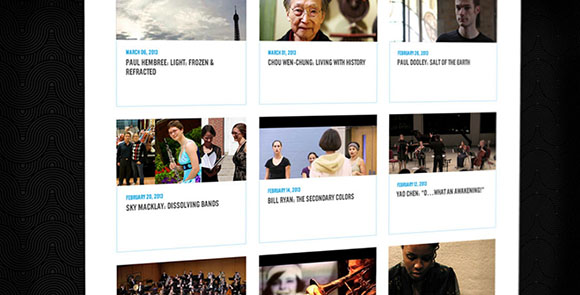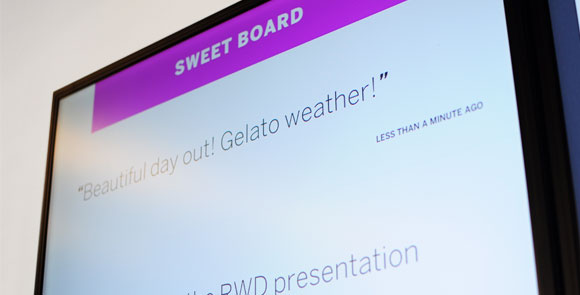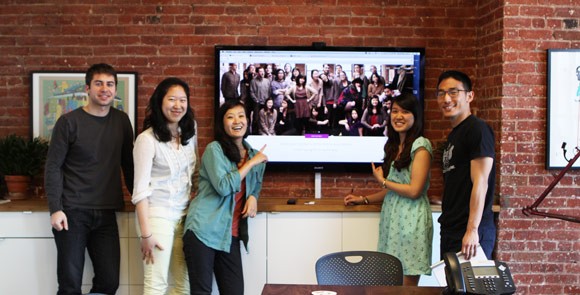
Tags: dentist, london dentist, nhs, whitening, inman aligner, cosmetic dentist, checkup, dental, anish, anish dentist, london hygienist, dental hygiene, root canal., crown, cap, onlay, veneer, wisdom tooth, extraction

Extractions are normally performed after years of extensive treatment trying to save the tooth. The reasons we extract include advanced decay and infection, gum disease leading to supporting bone loss(loose teeth), done volunarily to make room for other teeth before braces, or wisdom tooth removal.
We would normally remove teeth if the decay extended below your gums, and any filling placed could not be cleaned to prevent further decay.
Advanced gum disease will lead to the loss of the bone that supports the tooth. If there is a reduced amount of bone you will expect some extra movement with the tooth and possibly be able to wobble it. We only remove them as a last resort and you would have been offered a referral to a periodontist first to try and save the tooth.
Wisdom teeth are removed when they start to cause recurrrent pain and localised infections. Most people do not have enough room for them to come through and they often grow at an angle causing an area where bacteria accumulate. They are often tilted into the second molars and cause decay within this normally healthy tooth. Therefore we remove wisdom teeth as a pre-emptive measure.
There are two routine methods for removing teeth. The routine forceps extraction, and the surgical extraction. Which one depends on how much of the tooth is above the gums, and therefore how much of the tooth we can grip onto. We will always let you know if we plan on doing anything but a routine extraction.
Routine Forceps Extraction
1. After checking your medical history we will place numbing gel where we plan to place the anaesthetic, this is so you are less likely to feel the small pinch from the needle. We then wait a minimum of 10 minutes for it to work.
2. We will always wait until you are completely numb before we start. The area is tested so you no longer feel a sharp pinch, however you will feel some pressure. At this point if you do feel a sharp pinch, you need to tell us so we can either give you more anaesthetic or wait a little longer.
3. At this point we will ask you to rinse out with an antiseptic mouthwash.
4. Once you are ready we will proceed to gently tease the root of the tooth away from the gums. The is done by making small back and forth, rotating movements while we apply some gentle pressure. This will be enough most of the time to allow the tooth to come away freely.
5. The tooth is checked to make sure we have removed all of it, and a pack of gauze is used to help stop the bleeding.
6. Tailored post-operative instructions will be given, so as to speed up healing and prevent infection.
Surgical extraction
1. After checking your medical history we will place numbing gel where we plan to place the anaesthetic, this is so you are less likely to feel the small pinch from the needle. We then wait a minimum of 10 minutes for it to work.
2. We will always wait until you are completely numb before we start. The area is tested so you no longer feel a sharp pinch, however you will feel some pressure. At this point if you do feel a sharp pinch, you need to tell us so we can either give you more anaesthetic or wait a little longer.
3. At this point we will ask you to rinse out with an antiseptic mouthwash.
4. Once you are ready we will proceed to make a small incision in the numb gum area around the tooth.The gums will be temporarily reflected to give us better access to tooth. Sometimes a small cuff of bone is removed around the tooth to make room for our fine instruments.
5. The next steps mimic a normal tooth extraction, where we gently tease the roots of the tooth away from the socket.
6. Once removed, we cleaned out the socket with sterile solution, and proceed to place a few stitches. These will disappear within 2 weeks as the socket and gums heal. ( This may look overwhelming; however it is all done with you in complete control. You decide when you want to start and stop. I will review all my patients 2 weeks after a surgical extraction to check healing and signs of infection.
After an extraction, your lips and gums may remain numb for a few hours until the anesthetic wears off. You may also experience some oozing of the socket which ccan be treated easily by biting down on a small clean cotton napkin for 20 mins. If it does not stop in that time you shoud come back into the surgery, and we may need to place a stich or two. Later you may have throbbing pain, which you can treat with pain medicines, such as ibuprofen, paracetamol, or a stronger prescription painkiller just before the anaesthetic wears off. The pain usually lasts only a day or two.

Risks of leaving an infected tooth would only mean that the infection could progress to other parts of the body via the blood stream. This is especially important for those that have a hard time fighting infections-diabetics, patients on immunosuppressants, and those with heart disorders.
Risks of having an extraction are site dependant but the general risks include prolong numbness, possible need for surgical extraction, prolonged bleeding, an infected socket. These risks are infrequent, but should be consented for before any extraction.
The alternate to having an extraction and replacement, would be not to have one. The risk of doing so have been covered under the risk section.
Once a tooth has been removed the bone and the gums in the area start to shrink. This make future replacement more difficult as we need good quality and quantity bone to place an implant. To counter act shrinkage, we can place an immediate synthetic bone alloplast to help prevent bone loss and maintain the area for implant placement in the future.
We can extract a tooth and replace it immediately if desired-either with a denture, temporary bridge or an immediate implant.
You’ll never have to deal with horizontal margins ever again



